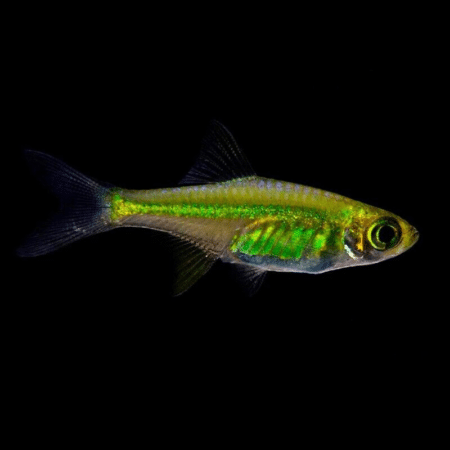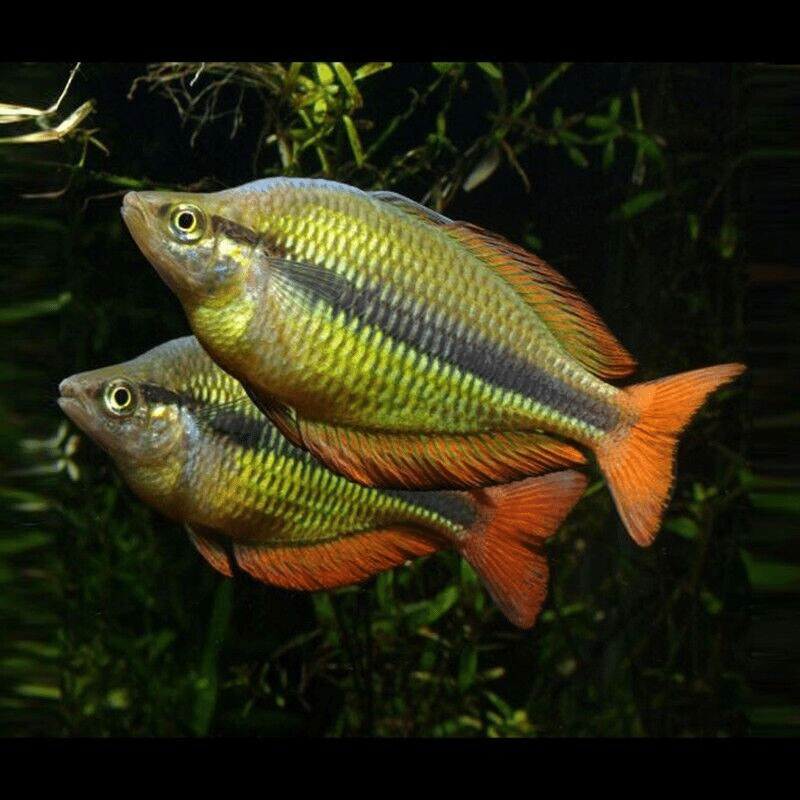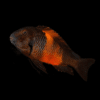-
×

-
×

-
×

-
×
 Red Devil Vampire Crab - Geosesarma Hagen - Decapod Crustacean
1 × £8.71
Red Devil Vampire Crab - Geosesarma Hagen - Decapod Crustacean
1 × £8.71 -
×
 Purple Vampire Crab - Geosesarma Dennerle - Decapod Crustacean
2 × £7.74
Purple Vampire Crab - Geosesarma Dennerle - Decapod Crustacean
2 × £7.74 -
×
 Golden Eyes Vampire Crab - Geosesarma Sp. - Decapod Crustacean
1 × £8.71
Golden Eyes Vampire Crab - Geosesarma Sp. - Decapod Crustacean
1 × £8.71 -
×

-
×

-
×

Subtotal: £245.80











Emily Parker (verified owner) –
I recently purchased the 5 Lake Tebera Rainbowfish, and I couldn’t be happier! After a week in my aquarium, these beauties have started to settle in nicely. The vibrant colors of the Melanotaenia Herbertaxelrod are simply mesmerizing, and watching them swim is a real treat. I’ve always been a caring fish parent, so I appreciate that these fish are peaceful and get along well with my other tank mates. Compared to other rainbowfish I’ve kept, they display a more vivid color palette and are very active, which adds so much life to my aquarium. The only minor concern is that they prefer slightly warmer water, but that’s easily managed with my heater. I highly recommend these rainbow fish to both beginners and experienced aquarists alike. They’re low-maintenance, stunning, and bring joy to any tank. Shipping was quick, and they arrived healthy and vibrant, which shows the supplier’s commitment to fish welfare. Overall, a fantastic buy!
Emily Carter (verified owner) –
I recently added 5 Lake Tebera Rainbowfish to my aquarium, and I couldn’t be happier with my choice! These beautiful tropical fish have brought life and vibrancy to my tank like nothing else. After about two weeks, they’ve settled in beautifully, showing off their stunning colors and playful behavior. Watching them zip around is such a joy! Compared to other freshwater fish I’ve kept, their personalities really shine through, making them a delightful addition. It’s wonderful to see how they interact with each other and the other species in my community tank. I especially appreciate how easy they are to care for, making them perfect for beginners and seasoned aquarists alike. Just make sure to provide plenty of swimming space and some plants for enrichment! Shipping was prompt, and they arrived healthy and lively. If you’re looking to create a vibrant aquatic environment, I highly recommend these Rainbowfish—they’ve transformed my aquarium into a lively ecosystem. Just remember to monitor water quality, as with all tropical fish! You’ll love having them in your home, just like I do!